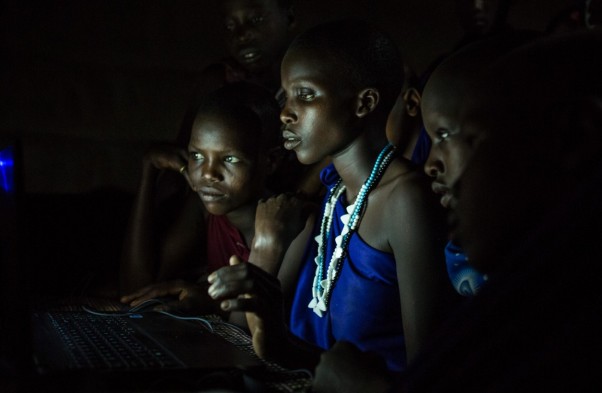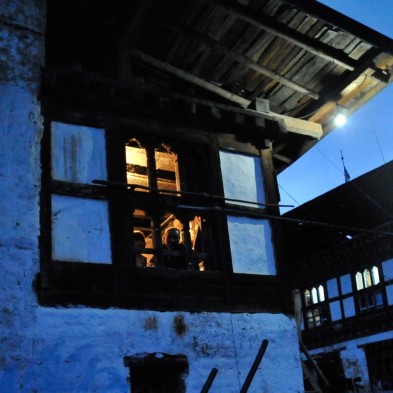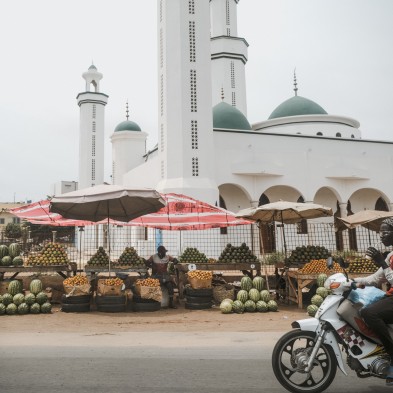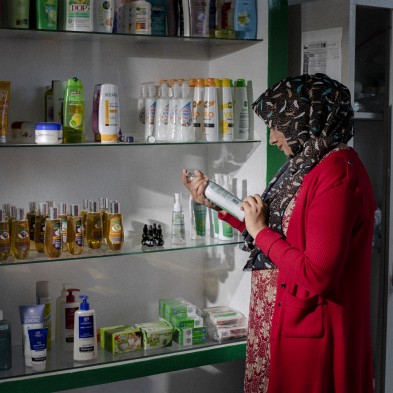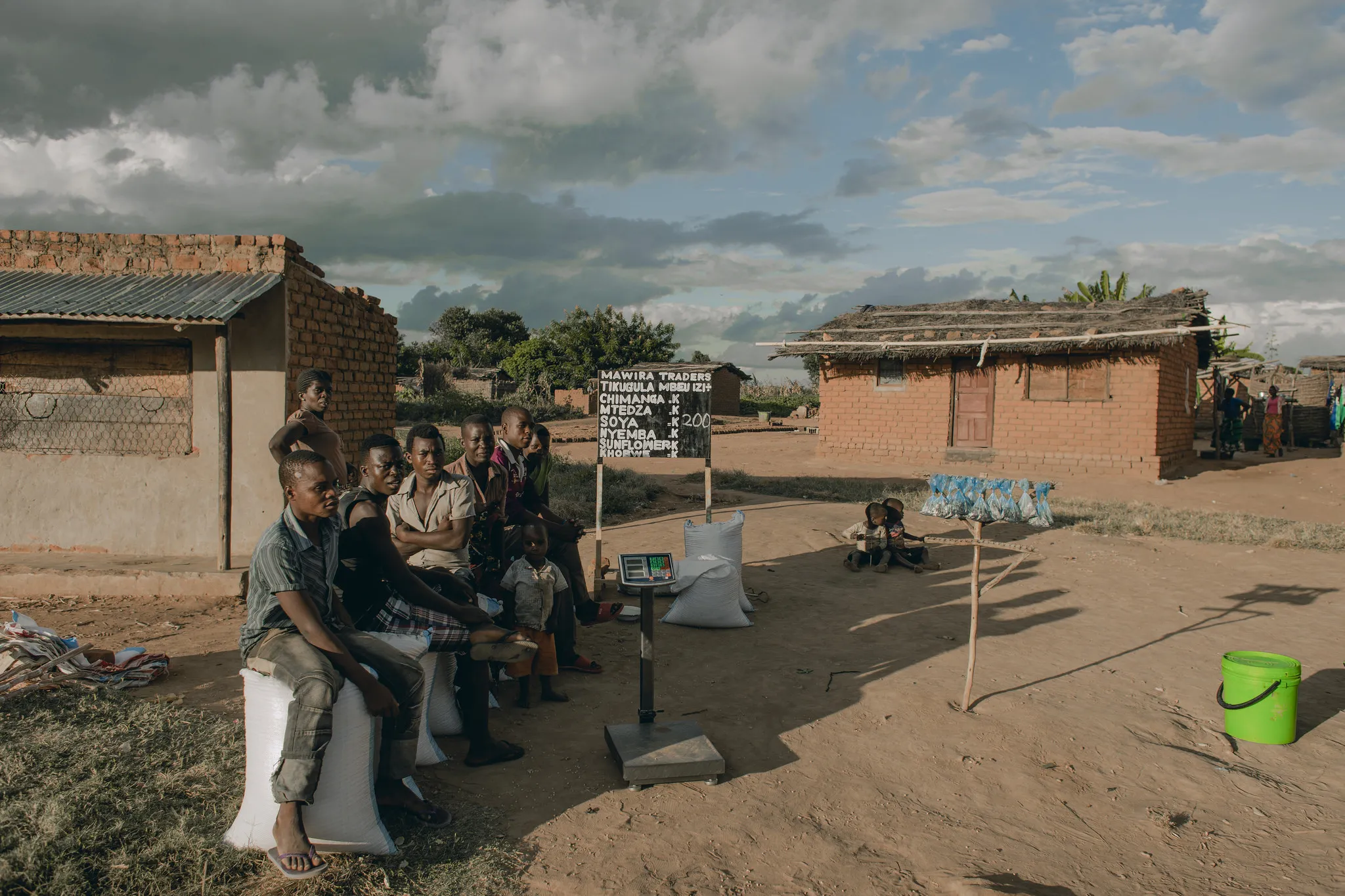
O QIR está a ajudar o Malavi a identificar e quantificar os custos comerciais que limitam a competitividade do Malavi nos mercados regionais e internacionais e a apoiar a implementação das estratégias de exportação e desenvolvimento do país.
Foi prestado um apoio estratégico direcionado a setores agrícolas, com uma forte ênfase no acréscimo da cadeia de valor e numa maior produtividade.

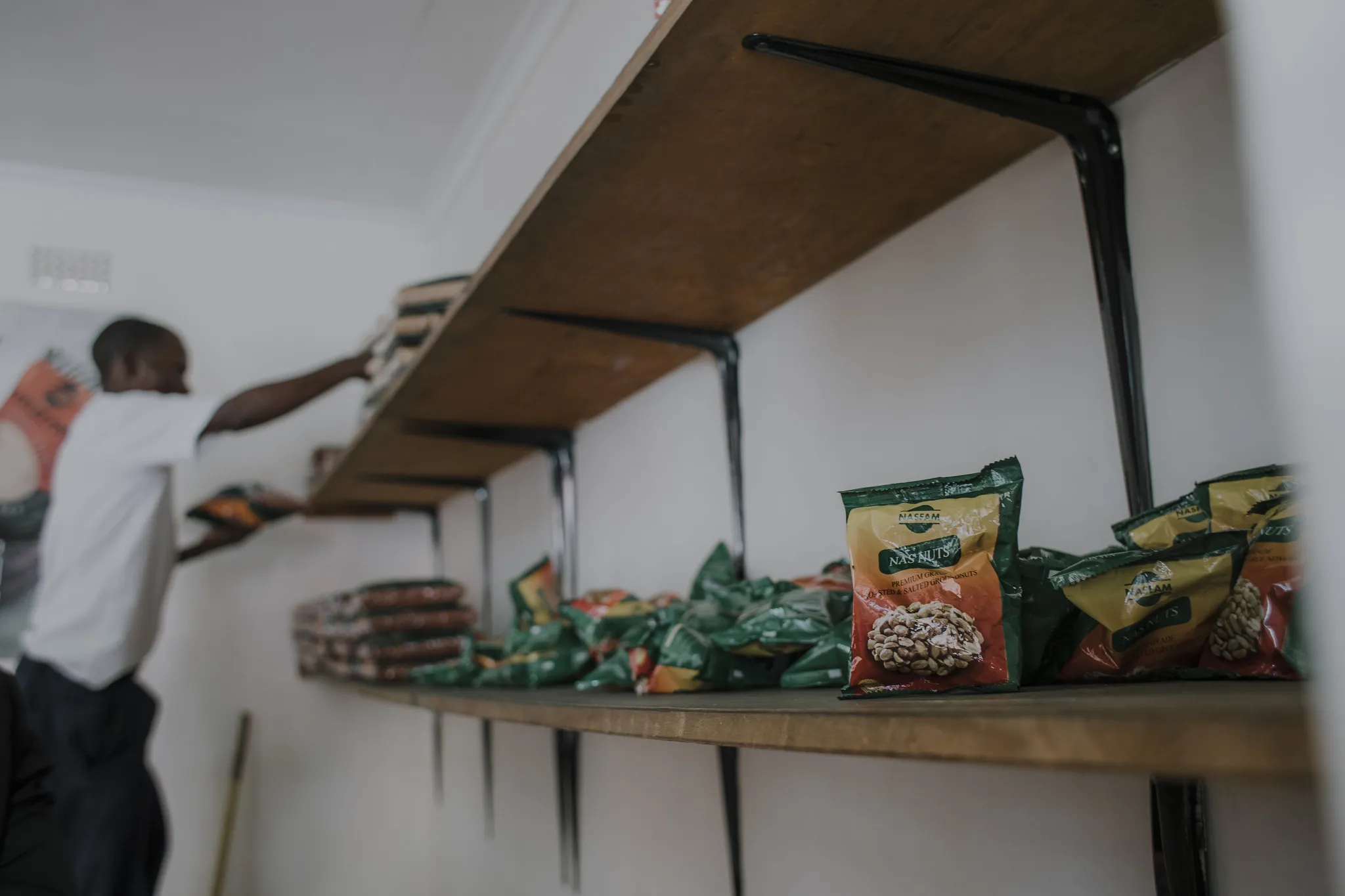
Resultados:
- Foi aprovado o Acordo de Facilitação do Comércio da OMC;
- O Memorando de Entendimento sobre os Postos Transfronteiriços de Atendimento Único entre o Malavi e a Zâmbia foi assinado em maio de 2017, reduzindo o tempo de desalfandegamento de mercadorias na fronteira;
- 44 representantes de PME preparadas para a exportação receberam formação sobre procedimentos e documentação de exportação, controlo e requisitos de qualidade, regras de origem, fixação de preços e marketing em abril de 2017;
- 69 comerciantes (30 homens e 39 mulheres) receberam formação sobre gestão da qualidade e oportunidades de mercado;
- Um sistema de licenciamento automático concebido para o preenchimento de todas as licenças foi lançado e implementado pelo Ministério da Indústria e do Comércio;
- Foram desenvolvidas estratégias setoriais produtivas para o açúcar, as oleaginosas e a indústria.
Resultados:
- Foi aprovado o Acordo de Facilitação do Comércio da OMC;
- O Memorando de Entendimento sobre os Postos Transfronteiriços de Atendimento Único entre o Malavi e a Zâmbia foi assinado em maio de 2017, reduzindo o tempo de desalfandegamento de mercadorias na fronteira;
- 44 representantes de PME preparadas para a exportação receberam formação sobre procedimentos e documentação de exportação, controlo e requisitos de qualidade, regras de origem, fixação de preços e marketing em abril de 2017;
- 69 comerciantes (30 homens e 39 mulheres) receberam formação sobre gestão da qualidade e oportunidades de mercado;
- Um sistema de licenciamento automático concebido para o preenchimento de todas as licenças foi lançado e implementado pelo Ministério da Indústria e do Comércio;
- Foram desenvolvidas estratégias setoriais produtivas para o açúcar, as oleaginosas e a indústria.
O QIR trabalhou com os parceiros locais para abordar os desafios multifacetados que os pequenos agricultores estão a enfrentar no Malavi.
Resultados:
- Foram operadas duas quintas-âncora de 700 hectares e 850 hectares e um total de 140 hectares de novas terras foram limpos em 2016 para receber agricultores recém-registados no interior da concessão;
- Foram desenvolvidos trabalhos com 3537 agricultores (385 no interior da concessão e 3152 fora da concessão);
- Em 2016, as colheitas dos agricultores no interior da concessão cresceram 30% na soja e 42% nos amendoins em comparação com os pequenos agricultores não participantes;
- Em média, a colheita dos agricultores fora da concessão em 2016 cresceu 19% e 35% para a soja e os amendoins, respetivamente, em comparação com as de agricultores sem apoio que cultivavam culturas semelhantes;
- 1450 agricultores receberam formação em debulha de soja, secagem de amendoins através do método Mandela Cork, triagem dos grãos e armazenamento;
- 44 agricultores receberam formação sobre manuseamento pré/pós-colheita de soja e amendoins. Estes agricultores, por sua vez, prestaram formação a membros dos clubes de cultivo de amendoins e soja;
- As perdas pós-colheita na área de projeto eleita foram reduzidas a 9,1% em 2016. A redução resultou de uma aplicação melhorada de competências e tecnologias de gestão de perdas pós-colheita adotadas, incluindo colheita atempada, secagem adequada e armazenamento adequado;
- Em 2016, foram exportadas 72,91 milhões de toneladas de grãos de soja para o Botsuana e 23,07 milhões de toneladas de amendoins para a Zâmbia;
- Os grãos de soja, no valor de 121.917 dólares, e os amendoins, no valor de 64.277 dólares, foram transformados e certificados;
- No passado, os agricultores não possuíam influência e frequentemente tinham de aceitar preços baixos pelos seus produtos por parte dos transformadores de produtos agrícolas. Para ajudar os agricultores a conseguirem preços mais altos, foram marcadas reuniões entre os agricultores e os transformadores de produtos agrícolas para poderem comparar ofertas, resultando num ganho, por parte dos agricultores, de um preço médio de 0,77 dólares/kg para os amendoins e de 0,54 dólares/kg para os grãos de soja em 2016. Esta foi uma acentuada melhoria em relação aos mercados tradicionais, em que os preços médios eram de 0,38 dólares/kg e de 0,40 dólares/kg para os amendoins e os grãos de soja, respetivamente.
O Centro de Investimento e Comércio do Malavi está a desenvolver uma Zona Económica Especial de Transformação de Produtos Agrícolas para apoiar a promoção da agricultura comercial para as culturas prioritárias. Os produtos agrícolas transformados do Malavi serão promovidos através de um gabinete do Centro de Investimento e Comércio do Malavi em Tete, Moçambique, que funcionará como um gabinete de marketing regional para os produtos do Malavi.
Resultados:
- Foi formada uma Task Force para liderar o estabelecimento de Zonas Económicas Especiais e identificados terrenos para as Zonas Económicas Especiais em todo o país;
- Foi estabelecido o gabinete do Centro de Investimento e Comércio do Malavi e o Serviço Consular do Malavi em Tete, Moçambique. Ao designar o serviço por consulado e ao pagar o salário do responsável do Centro de Investimento e Comércio do Malavi, o Ministério dos Negócios Estrangeiros pretende assegurar que o gabinete persista para além da vida do projeto;
- Foi concluído um estudo de mercado na Zâmbia, identificando a oportunidade de o Malavi comercializar produtos em Lusaca e Chipata;
- Foi criado um novo site do Centro de Investimento e Comércio do Malavi, (http://trade.mitc.mw/) para promover a interação entre o Centro de Investimento e Comércio do Malavi e a clientela;
- Foram gerados 47 milhões de dólares em exportações;
- Foi prestado apoio a 15 empresas, incluindo 7 PME, para participarem numa feira no Zimbabué. Foram geradas encomendas de exportação num valor superior a 195 milhões de dólares.


